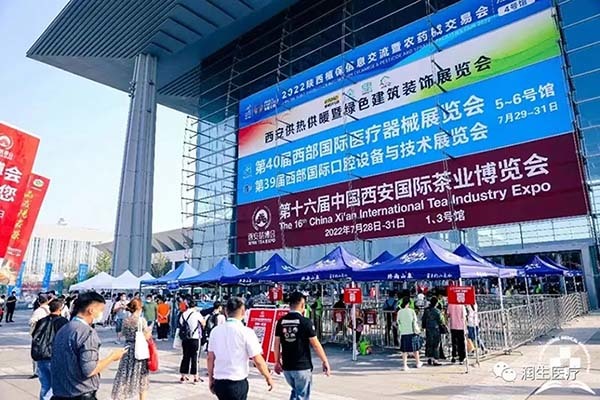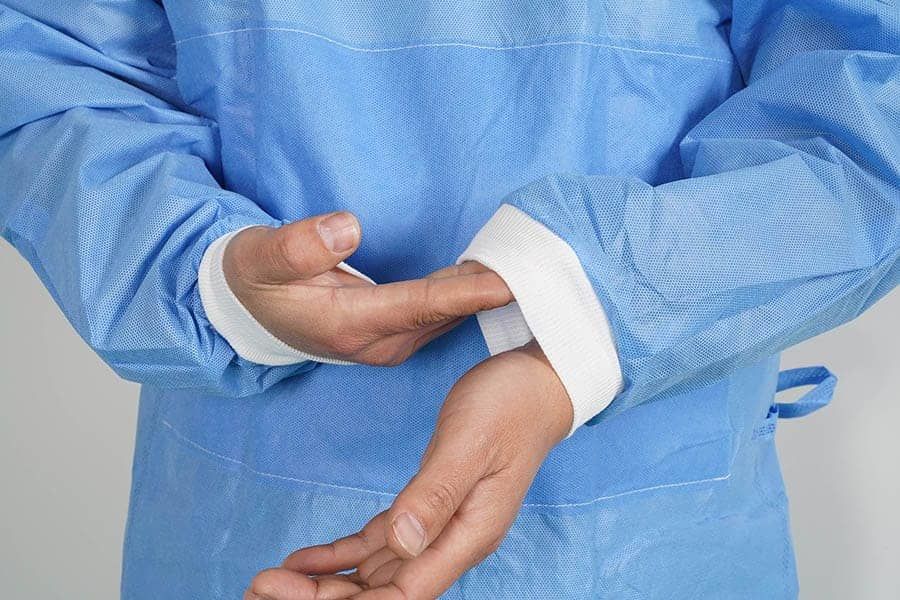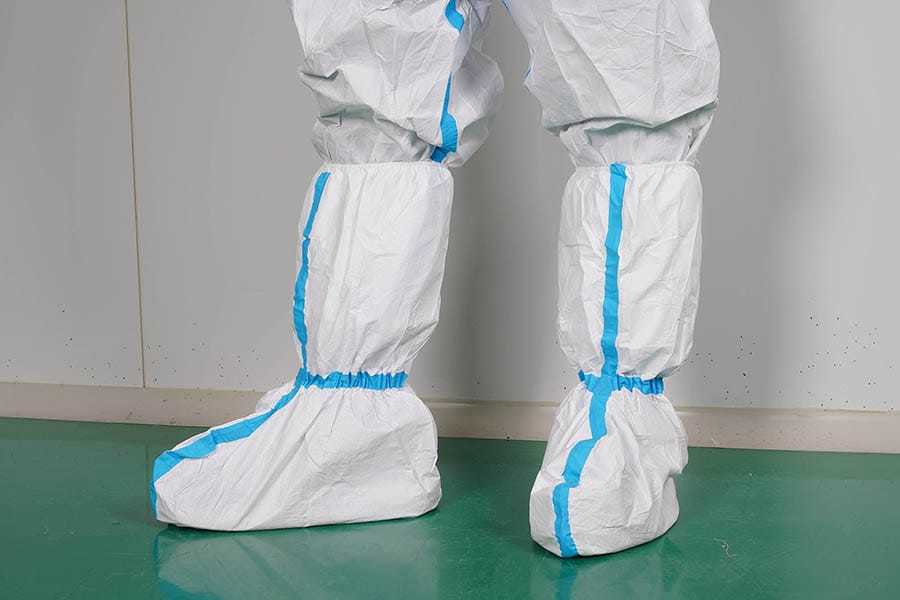Information Details
Do you know the four major characteristics of disposable protective clothing?
Release time:
2025-01-16
The four main characteristics of disposable protective clothing are as follows:
1. Protection
Protective properties are important performance requirements for medical protective clothing, mainly including liquid barrier, microbial barrier, and barrier to particulate matter. Liquid barrier property refers to the ability of medical protective clothing to prevent the penetration of liquids such as water, blood, and alcohol, with a hydrophobicity level of 4 or above, to prevent contamination of clothing and the human body. Prevent the transmission of viruses carried by patients' blood, body fluids, and other secretions to medical staff during the surgical process.
Microbial barrier properties include the ability to block bacteria and viruses. The main purpose of blocking bacteria is to prevent the contact transmission (and reverse transmission) of medical personnel to the patient's surgical wound during the surgical process. The main barrier against viruses is to prevent medical staff from coming into contact with patients' blood and body fluids, which can cause cross infection between doctors and patients due to the viruses carried.
The barrier property of particulate matter refers to preventing viruses transmitted through the air from being inhaled or attached to the skin surface in the form of aerosols and absorbed by the human body.
2. Comfort
Comfort includes breathability, water vapor penetration, drape, quality, surface thickness, electrostatic performance, color, reflectivity, odor, and skin sensitization. The main focus is on breathability and moisture permeability. In order to enhance the protective effect, protective clothing fabrics are usually laminated or laminated, resulting in thick and poor breathability and moisture permeability. Long term wearing is not conducive to sweating and heat dissipation. The anti-static requirement is to prevent static electricity in the operating room from causing the surgical gown to adsorb a large amount of dust and bacteria, which is harmful to the patient's wound. At the same time, it is to prevent sparks generated by static electricity from igniting volatile gases in the operating room and affecting the accuracy of precision instruments.
3. Physical and mechanical properties
The physical and mechanical properties mainly refer to the ability of medical protective clothing materials to resist tearing, puncture, wear and tear. Avoid tearing or puncturing areas to provide channels for the spread of bacteria and viruses, and wear resistance can prevent flocs from providing a breeding ground for bacteria and viruses.
4. Other performance indicators
In addition to the performance listed earlier, medical protective clothing also needs to have disinfection tolerance, good washing fastness, shrinkage prevention, non combustible, non-toxic and non irritating properties, and be harmless to the skin.
Latest News











